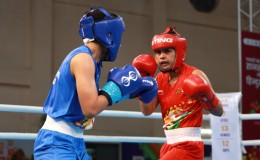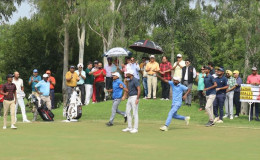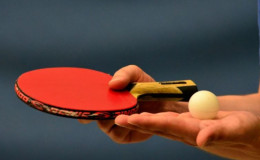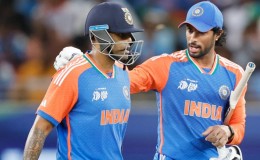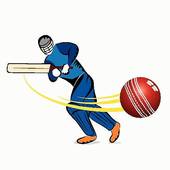
- The game of Cricket is played on a large, oval-shaped field.
- Two teams, each consisting of a maximum of 11 players, compete in one or two innings depending on the pattern of the match.
- An inning will be defined as both batting and fielding for each team. One team goes in to bat and the other team fields.
Equipments
The Ball
- The ball will be leather skinned and its weight must not be less than 155.9gms and not more than 163gms.
- The circumference of the ball must be in between 22.4cm and 22.9cm.
The Bat
• Usually a wooden bat of weight 2 lb 40z is used. It should be 10.8cm in width and 96.5cm in length including the handle.
The Wickets
- Each wicket is 22.80cm in width and consists of three wooden stumps with two wooden bails on the top.
- The wickets should be pitched opposite and parallel to each other at a distance of 20.12m between the centers of the two middle stumps.
- The stumps stand 70cm tall and each bail is 11.1cm in length.
The Pitch
• The pitch is at the center of the field. It is the area of the ground between the bowling creases one on either side or it is 3.04m in width and 17.68m in length.
Bowling and Popping Creases
- The bowling crease is marked in line with the stumps at each end and is 2.64m in length.
- The popping crease which is the back edge of the crease marking is in front of and parallel with the bowling crease.
- The back edge of the crease is 1.22m from the center of the stumps and extended to a minimum of 1.83m on either side of the line of the wicket.
Rules and Regulations of cricket
- During an inning, 6 balls will be bowled to one wicket, and then the fielding team will bowl six balls to the other wicket.
- No bowler may bowl two consecutive over’s. The fielding team may change bowlers at the end of over’s.
- A batting team may voluntarily end their batting inning at the end of any over.
- The team with the most runs at the end wins. An umpire makes the decisions during the course of the game.
Scoring Pattern:
- By hitting the ball within the field and running from one crease to the other counts for one run.
- If the ball does not bounce while going out the batsman scores six runs and if it does bounce he/she scores four runs.
- If the bowler bowls a ball too high or too wide to be fairly played by the batsman (1 run).
- If the bowler does not bowl the ball with a straight arm (1 runs).
Dismissals Pattern
• If the fielder catches the ball is deemed out.
• When the bowler hits the 'bails' of the top of the wicket.
• When the batsman runs from one crease to another, a fielder hits the 'bails' of either wicket
• If the batsman gets hit by a ball on his body which is in line with the wickets height and length, and the ball did not bounce in a line behind the batsman's stance. (Leg before Wicket).
• If the batsman knocks the bails off of his/her own wicket with bat or body.
Officials a Match
Umpire
• The umpire should ensure that the game is conducted and the equipments used is strictly in accordance with the laws.
Third Umpire
• The third umpire or the TV umpire as he also known is an off-field umpire who usually gives his decision when the on-field umpires are unsure.
Match Referee
• The referee makes no decisions of relevance to the outcome of the game, but he has the power to fine players and/or teams for unethical play.
Types of Cricket
- One-Day Cricket (played for fifty over’s)
- Test Cricket (played for five day’s)
- Twenty20 Cricket (played for twenty over’s)
- Women's Cricket (played all format of cricket)
- List a Cricket (played for four days)
Major Tournaments
- ICC Cricket World Cup
- ICC Test Championship
- ICC Champions Trophy
- ICC World Twenty20
- ICC Women's World
- ICC U/19 Cricket World Cup
Governing Bodies
- International Cricket Council (ICC)
- Board of council for cricket in India(BCCI) in India


